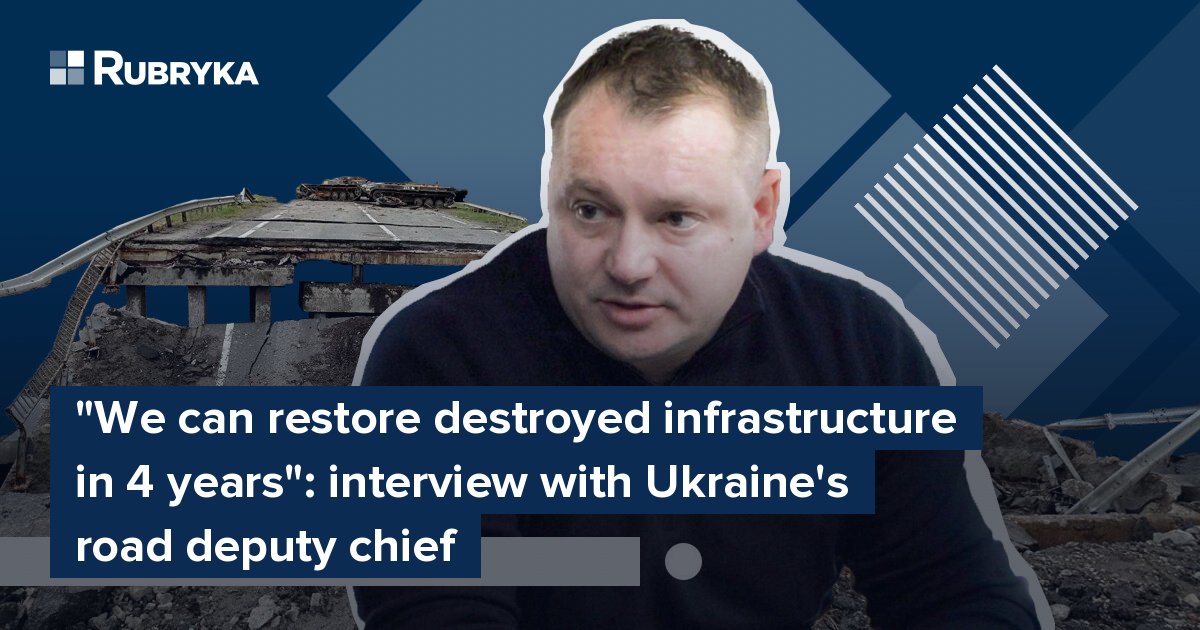
25,000 kilometers of roads are destroyed
— At the beginning of russia's full-scale invasion, Ukraine blew up some bridges for defense. The russians also caused severe damage to other bridges. Now they are being restored: how is it happening now? What funds are allocated, and what is the priority?
— In total, 325 structures were destroyed in the country due to hostilities. We promptly provide a passage in liberated territories where the military situation allows us to work. Depending on the complexity and scale of the destruction, we restore the routes by constructing temporary crossings and bypass roads.
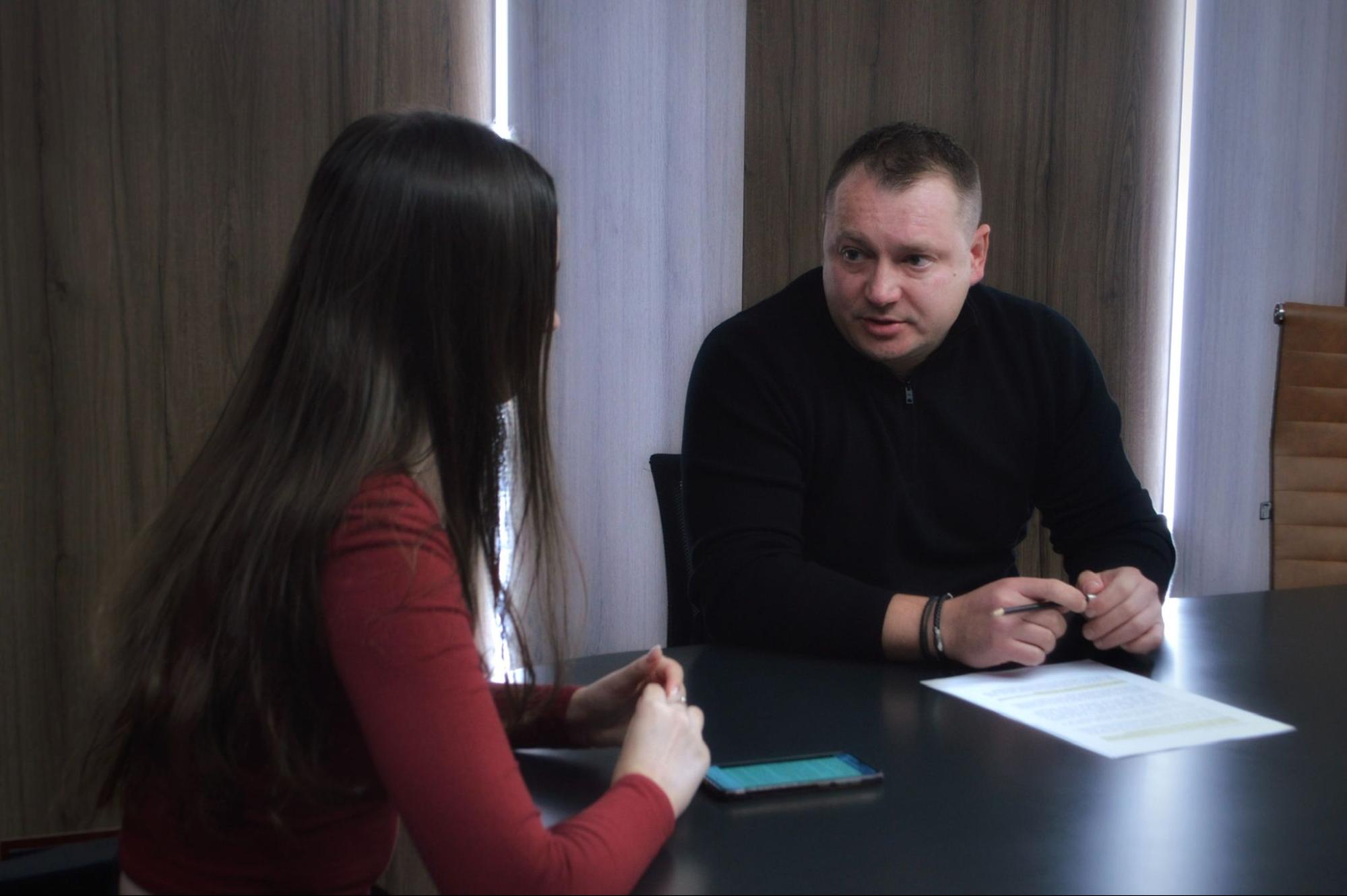
We work in Kyiv, Chernihiv, Sumy, Kharkiv, Zhytomyr, and Mykolaiv regions. We recently started working in the de-occupied territories of the Donetsk region. We are also planning work in the Kherson region.
As soon as we provide the passage near the destroyed bridge, we begin the assessment and carry out project and research work. Simultaneously, we do preparatory work, and then, when we have an expert opinion and a detailed examination, we begin to perform the primary repair.

We are repairing some bridges entirely. For example, the work on the bridge on the M-06 Kyiv–Chop highway in Stoianka is at the final stage. We made a temporary detour in two weeks, then repaired the left passage of the bridge so that trucks could move along the route, and simultaneously erected the right part of the bridge. Another bridge on the M-03 Kyiv–Kharkiv road, near the village of Borshchiv—we are also completing work there. We will put this restored object into operation this year.
— Since we are on the topic of bridges, what about the Antonivka bridge in Kherson? Will it be possible to restore it when Ukraine regains the region? Shall we build a new one?
— Of course, restoring such complex structures will require time and money. Due to the russian occupation of Kherson, it is impossible to objectively assess the destruction and determine whether we can rebuild it based on photos from the news or social media as soon as the territory is free from occupiers.
— In general, what damage did russia cause to Ukraine's road infrastructure? How long will it take to repair the roads, and how long will the restoration take?
— According to preliminary estimates, the damage caused to Ukraine's road infrastructure is more than 970 billion hryvnias. We constantly monitor the situation. The Highway Services from the regions provide information daily, and we can see it online in the E-road system. When new Ukrainian territories are liberated, road workers inspect them and record the extent of the damage.
Often, the destroyed infrastructure must be rebuilt "from scratch." But we can restore the transport infrastructure destroyed by the russians in 2–4 years, and we can rebuild critical facilities in a year and a half.
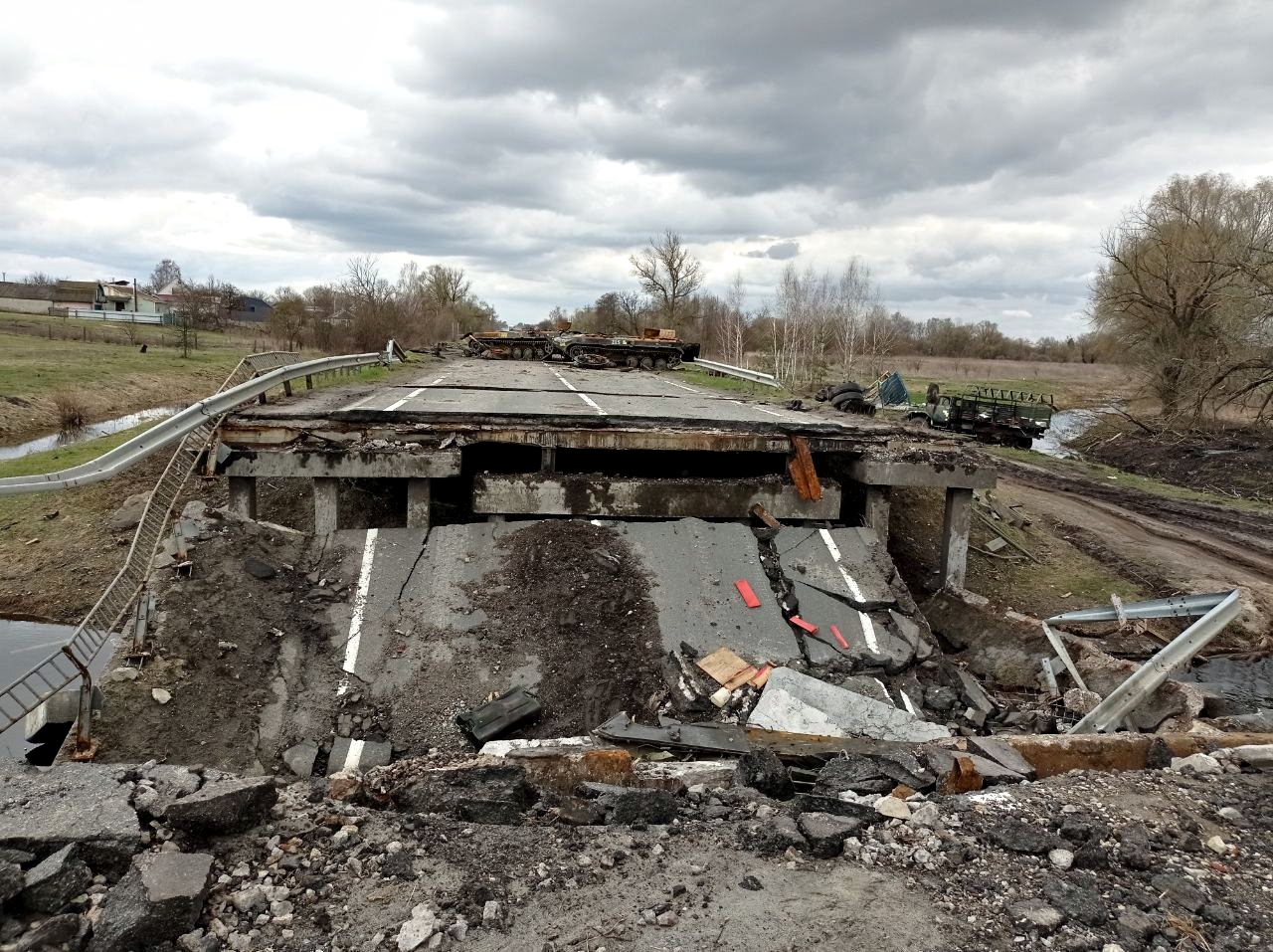
Destroyed bridge in Chernihiv Region
"We work to be prepared for any situation"
— How do you work with road mines? What are the forecasts for demining roads?
— We cannot make predictions about the timeline. Sappers demine sections of roads and bridges. Obviously, it will take a long time to completely clear the roadsides and the allocated strips for the country's state and local roads of the mines, but only specialists can give an objective answer. Road workers start working only after a "green light" from them.
— How does the demining of roads differ from other territories, for example, fields or forests?
— We have experience when the road was demined in a day, sometimes in a month. If the road is a priority for the military, this section is demined faster, and we are asked to repair it or build a structure. This is how we work—only in cooperation and collaboration with our military.
— What damages has the war caused to the Great Construction program? Do you keep statistics?
— We do not separate the roads repaired under the Great Construction program or the ones repaired earlier. We are counting the total losses due to the destroyed infrastructure.
— What about financing? Will there be enough funds to restore damaged objects?
— The government returned the excise tax, and the road fund is being replenished. Therefore, we have enough for operational maintenance. As for other sources of financing, we are negotiating with international partners and allies and looking for sources of financing for the country's reconstruction, particularly its infrastructure.
It isn't easy to plan for 2023, but we are working to be prepared for any situation. If we have the financial resources, we will rebuild faster and on a larger scale. Today, we restore the urgently-needed objects. First, we work on routes that are extremely important for the fastest possible adjustment of logistics. Restoration works are financed from reserve and road funds.
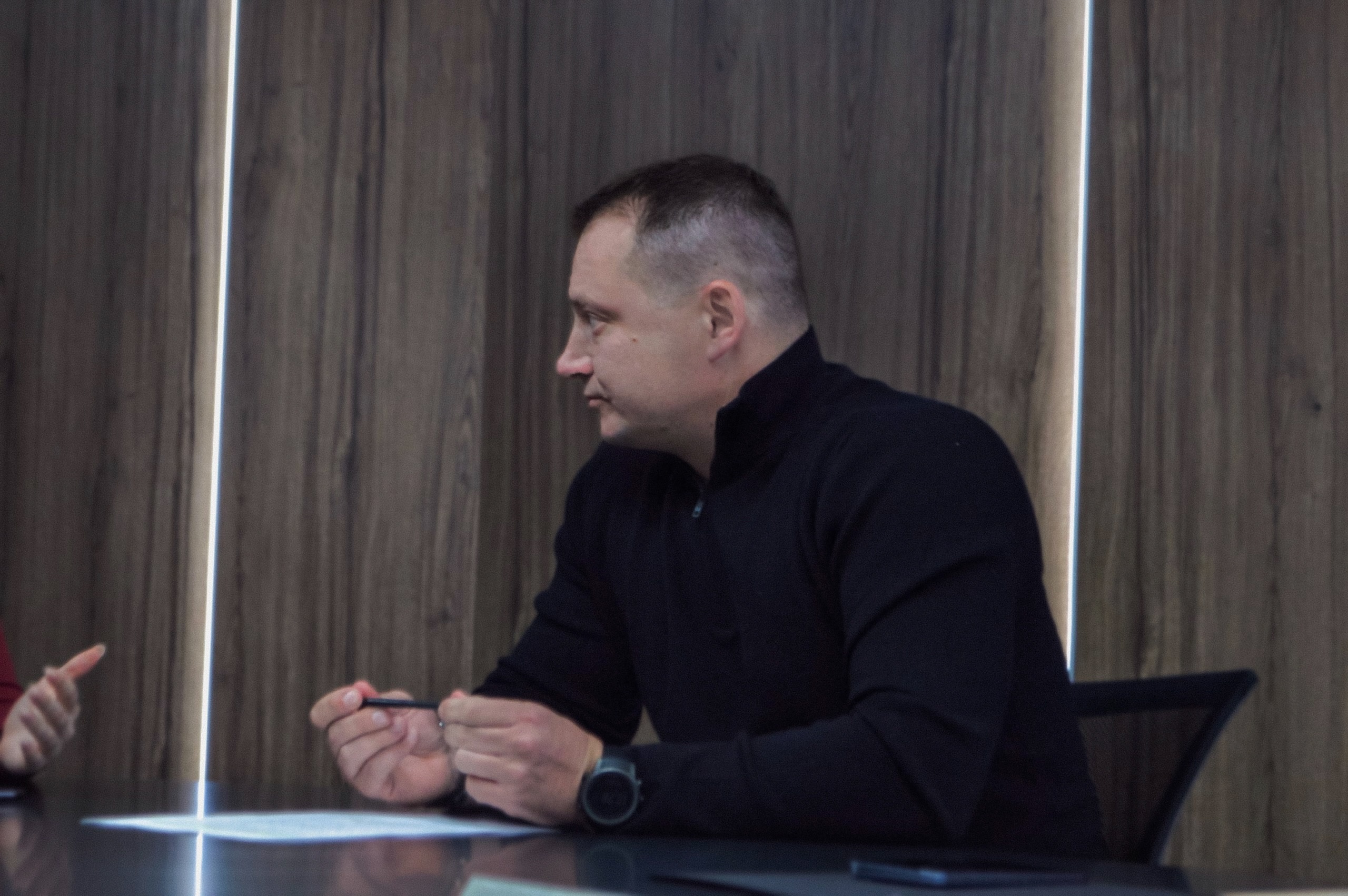
— Where was the most significant damage to the road infrastructure?
— Fifteen regions of Ukraine suffered infrastructure destruction due to the war to a greater or lesser extent. In general, 325 structures and 25 thousand km of roads were destroyed due to hostilities.
If we talk about bridges on roads of state importance, the most significant number of the destroyed infrastructure objects is in the Chernihiv region—27, of which 19 have already been restored. There are 24 in the Kyiv region; temporary bypasses have already been built for 20. The Kharkiv region has 24. Eight crossings have already been completed; six are in progress. Five artificial structures have been destroyed in the Zhytomyr region, and four of them already have temporary roads. In the Mykolaiv region, two have already been restored out of four. The Sumy region's ten bridges were destroyed, and six were restored.
In the Donetsk region, there are 12 destroyed among those we see, and one has been restored so far. And now, we will also plan restoration works in the Kherson region.
Since the UkrainianArmed Forces liberated most of the Kharkiv region in September, we have cleared about 450 km of roads and streets. And during the entire full-scale war, it's more than 600 km of roads in the Kharkiv region. We work on state, communal, and local roads.
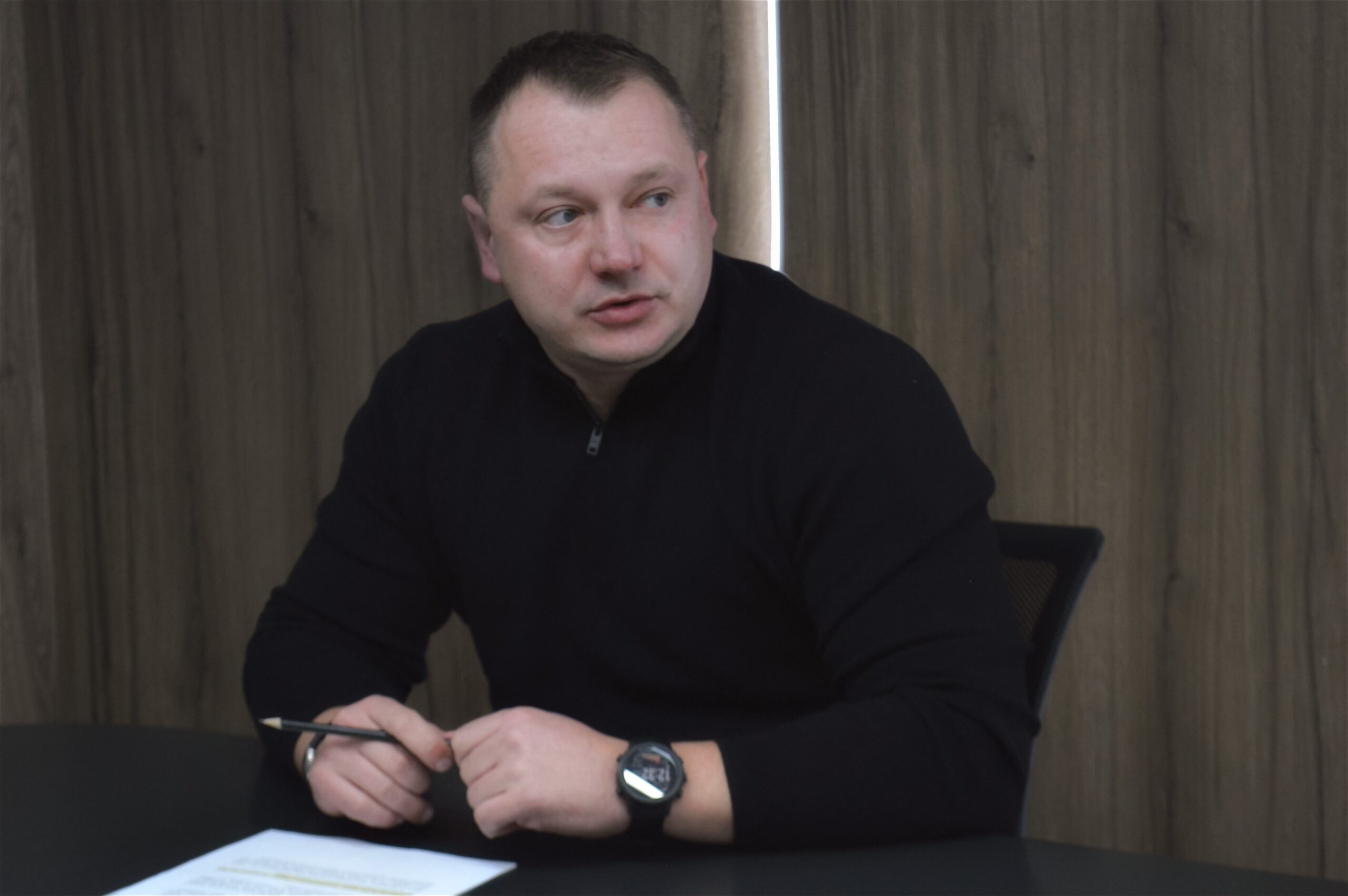
"We don't talk or think about restoring the Great Construction project"
— Is the restoration of road infrastructure a higher priority in some specific areas?
In each region, we communicate with the local military-civil administrations, city authorities, and the military, and together we develop priorities.
Our task has been to promptly ensure the routes for the delivery of medicines and food to our citizens who were under occupation. First, we are creating corridors for rescuers and utility workers. Next in priority are transport corridors, which are of great importance for the survival of the country's economy. Due to the blocking of ports, the lion's share of our exports goes by road, so we take care of crossings on routes of international and national importance.
As the Ukrainian forces liberate our territories and give us the "green light" regarding security, we immediately begin clearing roads, building detours, and temporary crossings. For example, when the Ukrainian army liberated the Kyiv region, we worked as much as possible in the Kyiv region—in Hostomel, Irpin, and Bucha. Since the Ukrainian forces liberated the Kharkiv region, we have worked there on roads of state importance and in the cities of Izium, Balaklia, and Kupiansk.
— What about the help of foreign partners? At the end of September, you said that the Czech Republic and France should give the Kharkiv region temporary bridges.
— International partners help Ukravtodor with restoring bridges. The Administration of State Material Reserves of the Czech Republic was the first to respond. They handed over to Ukravtodor four temporary metal bridges installed in the Kyiv and Cherkasy regions. We will install two more bridges in the Kharkiv region. One of them is currently being installed near Balaklia.
We also started another new cooperation project. With the assistance of Ukraine's Ministry of Foreign Affairs and the Embassy of Ukraine in the French Republic, the French company Matiere will hand over three bridge structures to Ukravtodor to restore the destroyed road infrastructure in the Chernihiv region. We expect their arrival at the end of October.
— Are we currently using new technologies to construct temporary bridges? In road repair?
— Temporary metal bridges from the Czech Republic are non-standard for us. These designs are easy to assemble and disassemble. They can be easily transported when disassembled. After the war and capital reconstruction, we plan to use them in regions with a risk of floods and inundation.
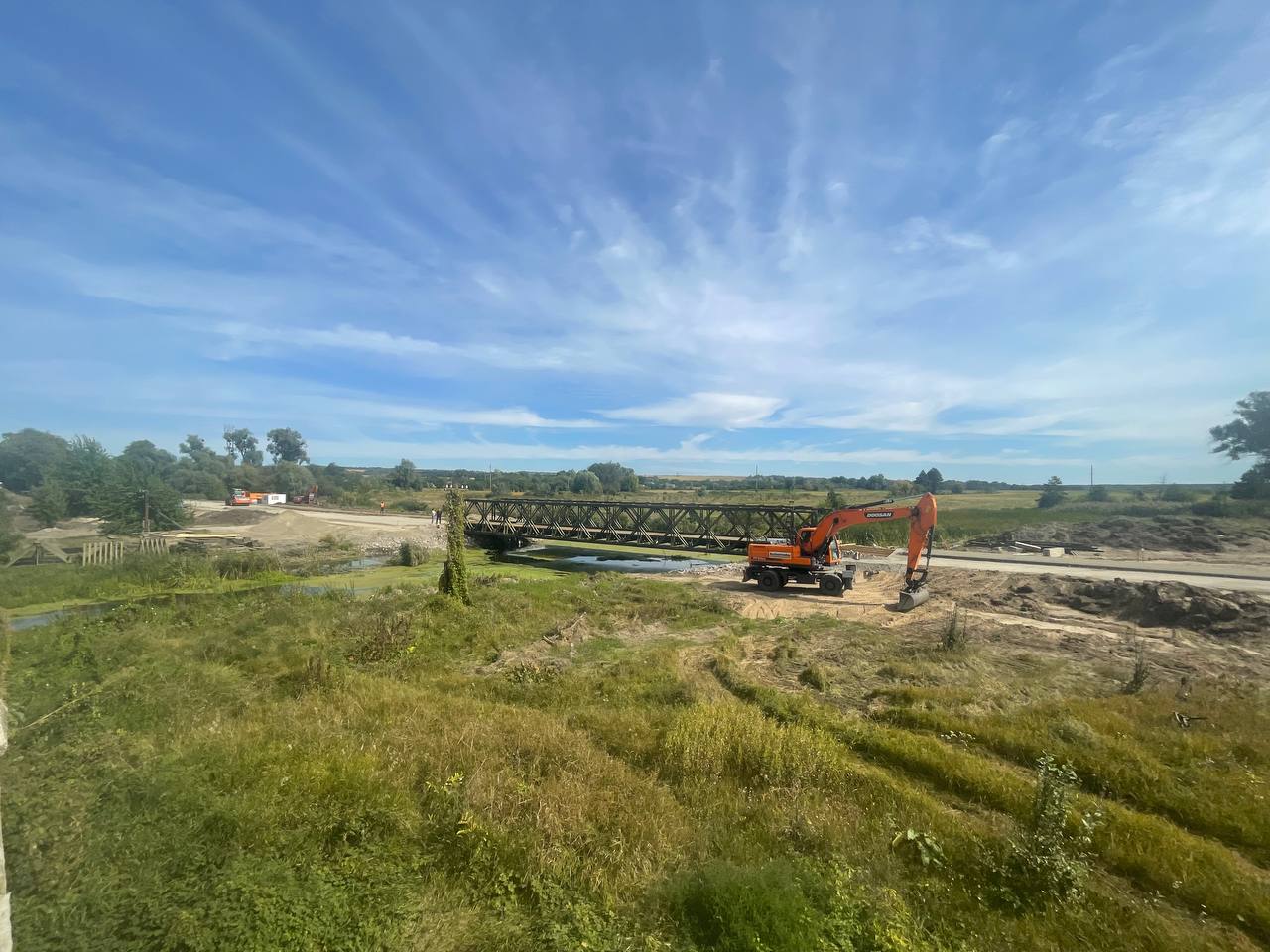
— What are the agency's primary tasks now in the context of the war and in the future?
— Now, we are not talking about restoring the Great Construction program. I believe that after the war, the reconstruction of our entire country will begin, not only the infrastructure. Therefore, we will participate in reconstruction according to our competencies.
Now we see that we will be able to complete the main areas and facilities in a year and a half, but it is possible to restore the infrastructure destroyed today in 4 years.
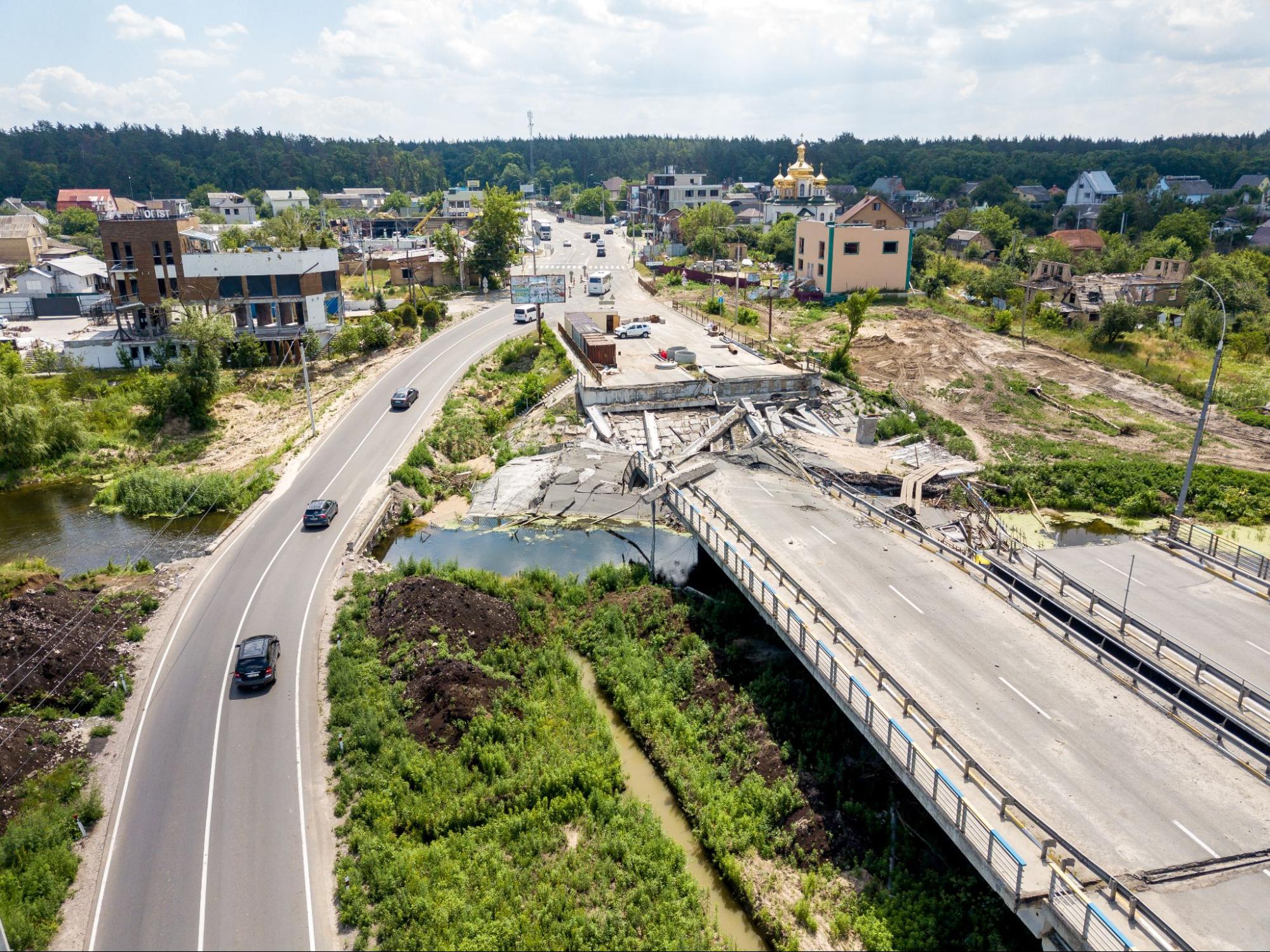
Newsletter
Digest of the most interesting news: just about the main thing




